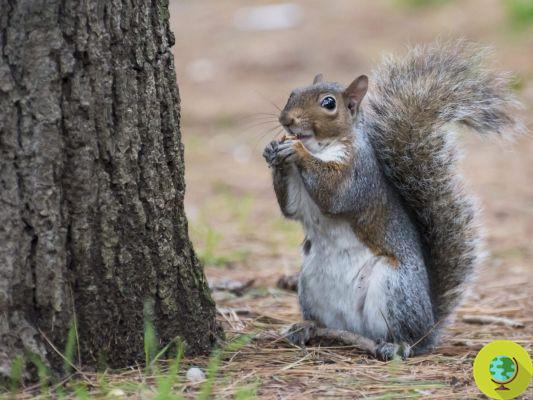
A plant dating back to the Pleistocene, about 30 thousand years ago, has been resurrected by a team of Russian researchers
He is about to end up run over, his mother saves himResurrected plant in Russia. - Report to "vita" un ancient living being. In addition to miracles, there is the hand of science. A team of researchers fromRussian Academy of Sciences he literally resurrected from the siberian permafrost a plant that lived about 30 thousand years ago, the so-called Silene stenophylla.
The species, very widespread at the time of Pleistocene, is alive and well again. After having found the seeds of the Silene, at a depth of 38 meters in the midst of suberian ice, in the north-eastern zone, the Russian scholars have tried to proceed with their regeneration, succeeding in the enterprise.
But the credit is not only of the Russian scholars. Before that, we have to thank a hard worker squirrel of the ice age as he dug a sort of treasure chamber where he hid the seeds, which most likely were used for his livelihood.
Such seeds remained hidden in the permafrost Siberian to this day. The sediments were firmly cemented together in the ice, making any water infiltration impossible, as if a freezing chamber had naturally been created completely isolated from the surface. From their fabrics, Russian scientists have managed to resurrect the plant in a pioneering experiment that paves the way for the rebirth of other species.
"It is the oldest plant ever regenerated," the researchers explained to the Guardian, "and it is fertile and produces white flowers and vital seeds." The experiment shows that permafrost served as a natural repository for ancient life forms.
Svetlana Yashina of the Institute of Biophysics of the Russian Academy of Sciences, which led the work further explained that the plant looks very similar to its modern version, which still grows in the same area in the north-east of the Siberia. "It is a very vital plant, and it adapts very well". His hope now is that together with his team he can continue the work and regenerate other plant species.
"We believe it is essential to continue the studies of permafrost in search of an ancient gene pool, that of pre-existing life, which hypothetically has long since disappeared from the surface of the earth" explained the Russian scientists involved in the experiment.
Will the next step be the resurrection of mammoths?
The research was published on Proceedings of the National Academy of Sciences.
Francesca Mancuso


























